Jump To: Hydraulic Dredging | Mechanical Dredging | Sizing Your Dredge Appropriately
If you deal with a waterway in your business, you may need to dredge it on occasion. Doing so removes silt and other undesirable materials from the bottoms of lakes, lagoons, harbors, rivers, and other waterways, improving their functionality and aesthetic appeal. It can improve fish habitats, correct erosion, deepen ponds and make waterways more navigable. It can also help industrial operations like power plants, water treatment facilities, and mining sites increase their productivity.
If you’re like many people, though, you may not be sure where to start with dredging. That’s why we’ve created this helpful guide to common types of dredges and different types of dredging methods to help you get started.
Hydraulic Dredging
Hydraulic dredging is the superior solution in many dredging scenarios. Hydraulic dredges are cost-effective, mobile, dependable, highly versatile and suitable for challenging conditions.
A hydraulic dredge works by sucking in water and material from the bottom of the waterway. It contains a centrifugal pump that creates a partial vacuum. Then, atmospheric pressure and the water’s weight combine to force the water and material through a pipe and into a pump.
The dredge carefully controls the proportions of water and other material it takes in. A hydraulic dredge that takes in too much water will be inefficient, and a dredge that takes in too little water will eventually bog down under the volume of incoming sediment, mud or rock.
Most modern dredges have computer-assisted onboard instruments. These instruments are rugged and durable to withstand the harsh, sometimes salty marine environment where dredges operate. At GeoForm International, we make two top-of-the-line hydraulic dredges — the Dino6 and the Dino8.
Cutter Suction Dredges
A cutter suction dredge is a specific type of hydraulic dredge. These dredges feature specialized rotating mechanical cutterheads that suck dredged material through an intake pipe at one end and flush it out a discharge pipeline directly into the disposal site.
Because they pump directly to the placement site, cutter suction dredges are efficient and highly cost-effective. They can work at a range of water depths and dig their own flotation if the project site is very shallow. Additionally, their sharp, toothed blades make them suitable for a wide range of soils, even rocky and hard ground. These dredges are often useful for terrain where hopper dredges are less effective. Some are self-propelled, whereas others require towing.
Regarding size, cutter suction dredges come in many dredging depths and power options, generally producing 200 to 30,000 kilowatts and reaching 2 to 35 meters. As a result, cutter suction dredges are relatively versatile and well suited for tough jobs.
Hopper Dredgers
These specialized hydraulic dredges have one or two suction pipes that descend to the ocean floor. The head of each pipe contains a trailing drag head that loosens and sucks in material. Then, the pipe discharges the dredged material into a hopper.
This type of dredger is highly mobile and best suited for softer materials like mud, silt, clay and sand. Because hopper dredgers are so nimble, they operate efficiently even in rough waters and high-traffic marine areas, so they often find use in deepwater environments and entrances to ocean channels. They have large pumps and engines, generally have their own power and do not require towing to the dredging site.
Mechanical Dredging
Separate from hydraulic dredges are mechanical dredges. Unlike hydraulic dredges, which use suction and pumping, mechanical dredges use mechanical tools like buckets to remove material from water. Their internal mechanisms are simpler than those of hydraulic dredges, so mechanical dredges can sometimes be easier for crews to operate.
These dredges have several drawbacks, however. Unlike hydraulic dredges, they tend to have very limited mobility, and they are poorly suited for challenging environments. They also tend to be less cost-effective overall.
Sizing Your Dredge Appropriately
As you begin assessing how to dredge your waterway, make sure you have the right size dredge for the job. The right dredge size generally depends on the volume of water you have to dredge, along with other factors.
An 8-inch dredge can usually pump about 2,500 gallons per minute. A smaller dredge like this is relatively compact, weighing about 35 tons. A 36-inch dredge, on the other hand, which weighs thousands of tons, can often pump up to about 70,000 gallons per minute. The engine in a larger dredge typically has much more horsepower to power the significantly higher volume of water passing through it.
Below are a few questions you should ask yourself as you figure out how large your dredge should be:
- What volume of water do you need to dredge?
- What disposal method will you use?
- What dredging depth is required?
- What are the horizontal and vertical pumping distances to the disposal area?
- What contaminant levels are in the material to be dredged?
- What maintenance, storage, labor costs and permitting will the dredge require?
- What time span do you have to complete the project?
- In what shifts will the dredging take place?
- What type of material do you need to dredge? Is it fine sand, coarse sand, gravel, mud, cobbles or something else?
- Will the dredged material be sediment or undisturbed material?
- How high is the project location above sea level?
- What is the distance from the water’s surface to the lowest point of dredging?
Consider the interplay of all of these factors as you choose your dredge size. In many cases, you may want to consult with experienced dredging professionals who can give you an expert opinion about the right dredge for your project.
Reliable Hydraulic Dredging From GeoForm International
Now that you know a few of the different types of dredging methods, you can make more informed decisions for your next dredging project. To gain the best value and performance, you’ll likely want to get a hydraulic dredger for your waterway.
For dependable, durable hydraulic dredges that get the job done every time, make GeoForm International your trusted partner. As one of the industry’s foremost dredging and pumping manufacturers, we have the insights and expertise to provide you with high-quality, long-lasting solutions. Our Dino6 and Dino8 power efficiently through mid-sized dredging jobs.
The Dino6 is a dependable, affordable and portable diesel dredge. It’s lightweight and compact, so it’s easy to mobilize, launch and recover, and it can reach small spaces that are inaccessible to larger machines. It also leaves little lasting impact on launch and recovery sites, so it’s environmentally friendly.
The Dino6 is essentially a small barge that features a 6-inch submersible pump and a 66-inch cutterhead. It can handle diverse tasks such as lakes, small marinas, golf courses, sediment lagoons and retention ponds. It boasts more durability than many machines of twice its size, easily offering superior dredging performance in harsh conditions.
The Dino8 is the Dino6’s larger cousin. It offers the relatively compact footprint and rugged performance of the Dino6 with a capacity for larger jobs. Its tremendous pumping capability of 3,000 gallons per minute means it can power through more dredging work in a shorter timeframe, often completing a job in half the standard time. It is ideal for mid-sized, more challenging projects or those with tight deadlines.
We also offer submersible pumps for sediment removal, as well as dredging services and rental equipment. Our friendly, knowledgeable dredging experts are always here to answer questions or consult with you about tough projects.
Contact us today to learn more about how we can help meet your hydraulic dredging needs or learn more about dredging with our complete dredging guide.
View Our Products
People Also Read:
What Is Dredging? A Complete Guide.

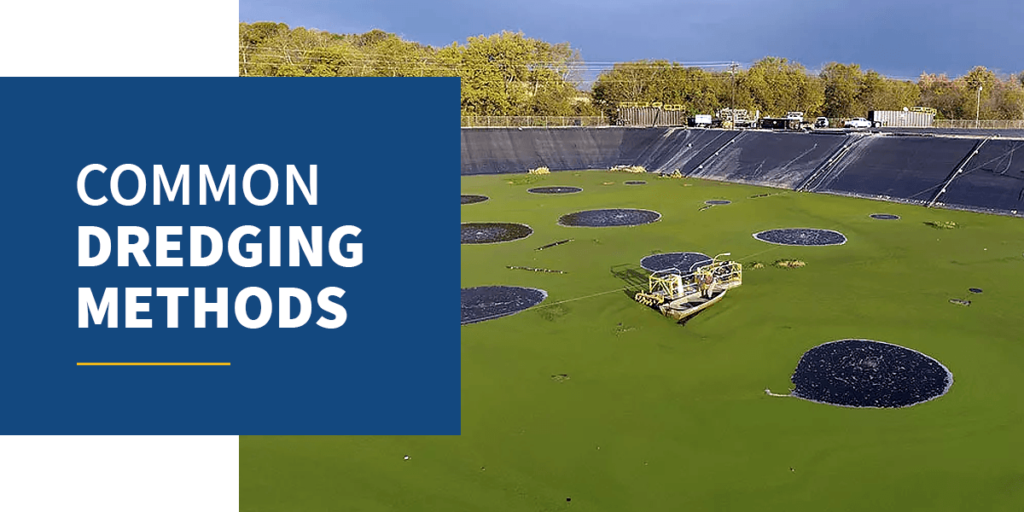
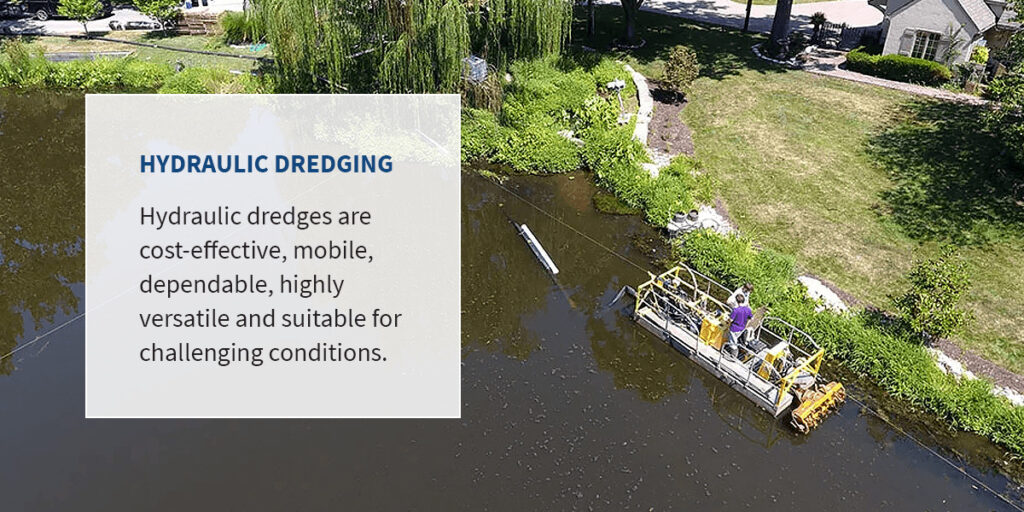
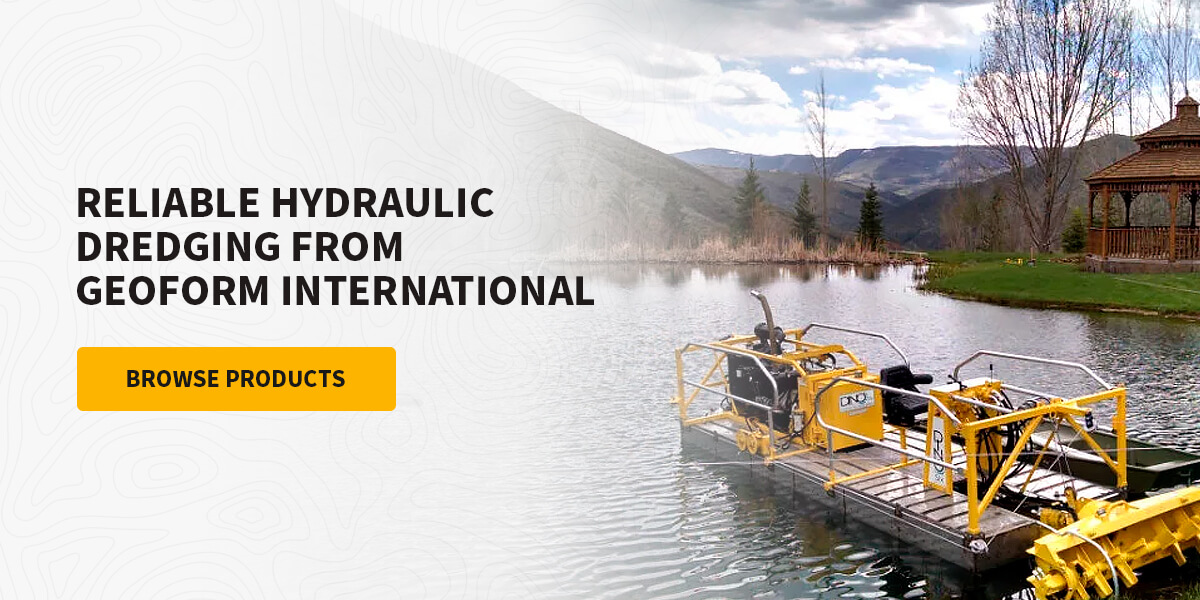
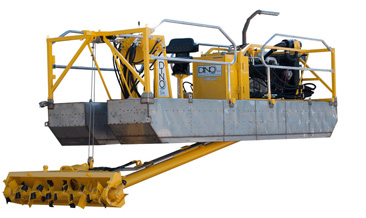 Dino6
Dino6 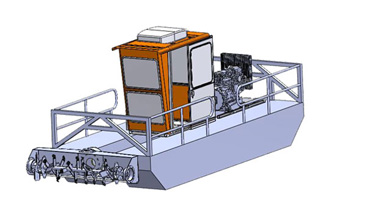 Dino8
Dino8 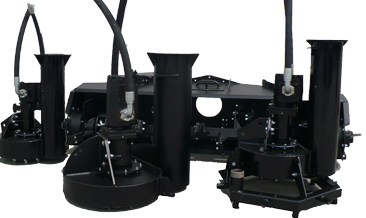 Submersible Pumps
Submersible Pumps